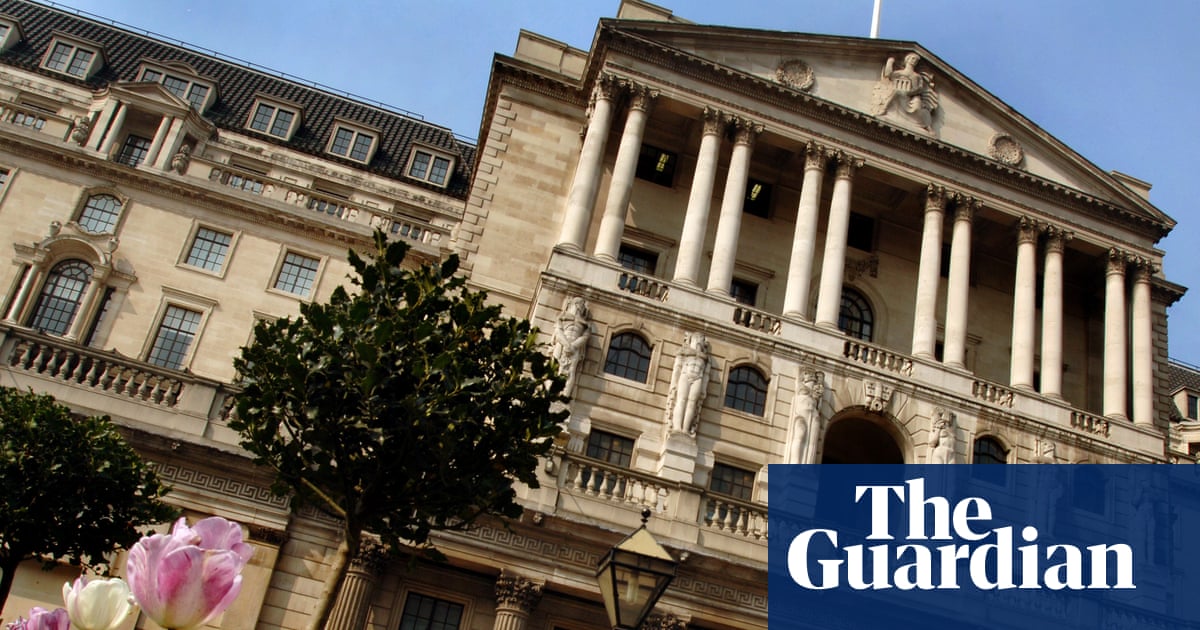Originally, the primary goal behind the World Wide Web was to be a way to easily retrieve information and assist researchers, scientists, and ultimately everyone else. We were far off from the corporatization that we can see nowadays, the aggressive tracking and advertisements that led so many people to distrust what was once a exciting and magical new place.
Starting in 1994, the free website provider Geocities provided a way for users to freely host their own static websites. These were organized in "cities" or neighborhoods, each of which corresponded to its own type of content.
We could see for example "Area51" for science fiction and fantasy, "Athens" for education, literature, poetry,philosophy, "Tokyo" for all things anime and Asian, and so many others.
This led to an explosion of creativity in the early web, with people expressing themselves in unique ways that reflected them, something that was very new at the time.
You could talk about any subject or any niche that you were interested into and find other people that liked the same things. Sure, most of those websites were not pretty, in fact, professional web-developers at the time would show these websites as examples of what NOT to do in web design.
But these websites all had something that the modern Internet really lacks: a soul. No matter how ugly they were, those websites were someone's work, an expression of themselves, without any interest in money or other greedy motives. And I think we could all learn from that.
Most people have heard or even played Flash games before, but we should also remember how much Flash was used in websites at the time, to create amazing and unique experiences that can rarely be seen today.
With the arrival of FutureSplash in 1996, and its acquisition in the same year by Macromedia, Flash was born, and we could see award websites come along like Macromedia's "Shocked Site Of The Day" which would praise the most innovative and impressive Flash websites.
Among some of the earliest flash websites that really impressed people at the time, we can find Alberto Gabriel Mendoza's "Gabocorp", which was featured on the Shocked Site Of The Day which led him to receive over 400 emails and job offers.
In 1998, Macromedia Flash went mainstream, and the old black and white web with its static text and animated GIFs was left behind. The vector based software permitted websites to provide an experience which could scale to any kind of screen, which led to the start of responsive design.
At this time, there was a lot of excitement in using the web and you didn't know what amazing website you would find next. Unlike nowadays, where we barely get out of the big websites like YouTube, Twitter, Facebook, etc. Interaction and user-experience were the most valued things on these Flash based websites. It was all about providing the user an incredible feeling of wonder and inspiration.
With the death of Flash the and astronomical growth of social media websites such as Twitter, Facebook, Instagram, YouTube, and others, people became less interested in the "peripheral web", and choose to remain on those platforms instead.
Those big websites also became more streamlined and more corporate, less personal, and more out of touch with the needs of their users.
The age of forums, discussion boards, smaller video sharing websites, led to something more centralized, with most traffic now being on a few select big websites.
With this was also lost a lot of what made the web so cool to begin with, the innovation and uniqueness that it had. Websites used to all look different, now, they all try to copy each other and embrace more "safe" design aesthetics, instead of innovating.
Corporations lately also became obsessed with tracking your every move in order to target you with specific advertisements and to train algorithms that will keep you glued to your screen consuming content that they offer to you.
This is far, very far from the original idea of the web, and what it stood for, we have become addicted to content instead of creators, our attention spans are decreasing, creativity is going down the drain.
We also have seen in 2021 the rise of AI, which has flooded the internet with computer-generated content, further replacing the once human centric, creative place that was the internet, with a mass produced slop of garbage, devoid of any soul.
How do we fight back against this? Is there any hope? In the end, corporations only thrive because of us, consumers. I think if everyone stopped going on these platforms, the world would become a better place. However, realistically speaking it's not gonna happen.
But to an individual level, I think we can improve our own habits and return to a better approach to using the web. I heavily recommend learning HTML and CSS and making your own personal website instead of relying only on the big social media platforms, there is a lot of value in creating something cool and unique and a certain feeling of fulfillment that comes from it that cannot be replicated by those platforms.
Modern social media doesn't allow you to express yourself to the degree that a personal website would, nor does it allow you to share ideas that it disagrees with.
Large communities have arrived that seek to revive the ways of the old internet, the most famous of them are Neocities and Nekoweb, which both provide free static websites hosting.
I'm not telling you to stop using the big platforms completely, go back to flip phones and install dial-up on your computer, but to not spend all your time on these select websites and apps, because there is a LOT of websites out there that you never heard about that do exist, which is what we call the peripheral web. So go ahead and explore, create something unique, and be inspired by what you see.
Last updated: 23/07/2025.png)



